Remembering three of our most famous physicists and their unique achievements
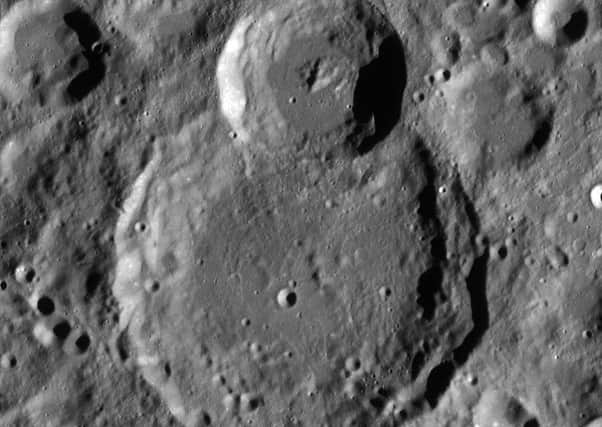

“I believe there was more than one Instonian on last week’s list,” emailed a News Letter reader, which proved to be something of an understatement.
William Thomson (Lord Kelvin) was listed, with his elder brother James.
Advertisement
Hide AdAdvertisement
Hide AdBoth attended Inst, where Kelvin House is named after William, though both brothers went on to become hugely eminent physicists, with countless scientific, academic and engineering accolades to their collective credit.
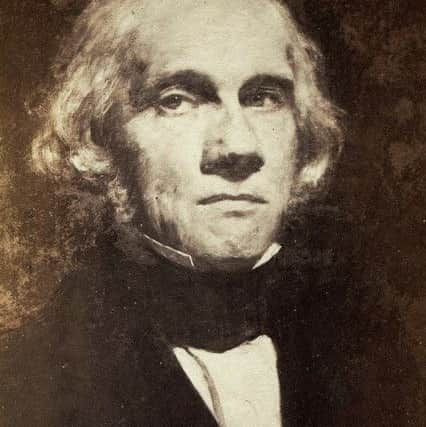

Their father, also called James, from Annaghmore near
Ballynahinch, was also a leading figure in Inst – headmaster of the department of arithmetic, book-keeping and geography as well as Professor of Mathematics in the institution’s collegiate department.
Born in Omagh in 1916, last week’s highly-acclaimed theoretical physicist and mathematician Sir David Robert Bates also started his glittering academic career in Inst, where Larmor House is named after former student and world-famous theoretical physicist Sir Joseph Larmor, born in Magheragall in 1857 and featuring in today’s additional trio of physics’ greats.
The other two are Belfast physicist and philosopher John Stewart Bell, described as “one of the greatest scientists the world has ever seen” as well as “the scientist who proved Einstein wrong”, and Waterford-born Nobel Prize winner Professor Ernest Walton, a boarder in Methodist College Belfast in 1915, known world-wide as “the Irish Man who split the atom”.
Advertisement
Hide AdAdvertisement
Hide Ad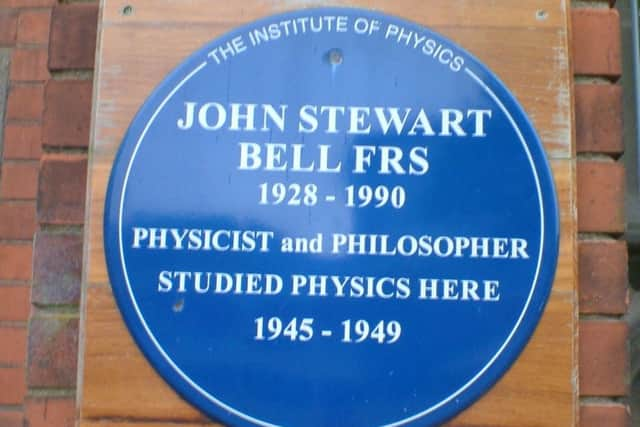

With apologies to the experts and academics who properly know and understand physics and physicists, the rest of today’s page is merely four short outline-introductions to these eminent local scientists who rose to international fame. Theoretical physicist Sir Joseph Larmor, born in Magheragall, Co Antrim on July 11, 1857, applied his brilliance in mathematics and physics to electromagnetics, optics, mechanics and the dynamics of planet earth.
After Inst he gained his BA and MA at Queen’s University, Belfast, and then entered Cambridge University in 1877, gaining a fellowship in 1880.
He was appointed Professor of Natural Philosophy at Queen’s College, Galway, in 1880, but returned to Cambridge five years later as a lecturer in mathematics and in 1903 became a Professor of Mathematics.
He was elected Fellow of the Royal Society in 1892 and became its secretary, having earlier received the society’s Royal Medal and the Copley Medal.
Advertisement
Hide AdAdvertisement
Hide Ad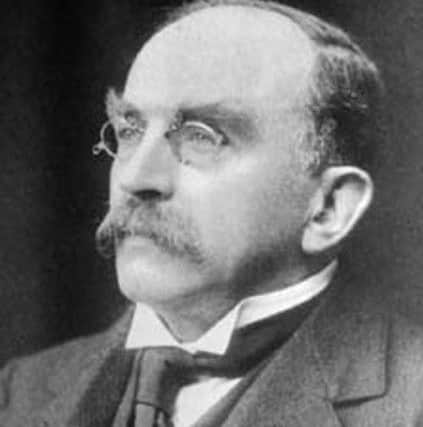

In 1909 he was knighted and became Unionist Member of Parliament for the University of Cambridge from 1911 to 1922.
He was given the freedom of the city of Belfast and many honorary degrees.
On retirement in 1932 he moved to Holywood, Co Down where he died on May 19th 1942.
A crater on the moon is named after Sir Joseph.
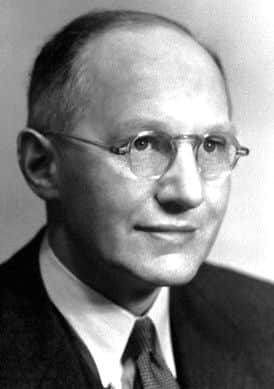

Born in Belfast on June 28th 1928, John Stewart Bell is regarded as one of the 20th century’s greatest physicists. It’s widely believed that he was in line for a Nobel Prize in physics when he died in 1990 from a stroke.
Advertisement
Hide AdAdvertisement
Hide AdHis famous Bell’s Theorem which he published on November 4th 1964 – properly known as ‘On the Einstein Podolsky Rosen Paradox’ – demonstrated that Einstein’s views on quantum mechanics – the behaviour of very small things like atoms and subatomic particles – were incorrect.
Bell’s Theorem continues to have a lasting impact on modern physics and is said to have laid the foundation for quantum information technology.
It is of particular significance in financial services and the cyber-security industry.
Dr Bell attended Belfast Technical High School, now Belfast Metropolitan College, before entering Queen’s University.
Advertisement
Hide AdAdvertisement
Hide AdHe also worked in the Atomic Energy Research Establishment at Harwell, in the Department of Mathematical Physics at the University of Birmingham and in several universities in the USA.
He was awarded many honours including the Reality Foundation Prize, the Dirac Medal, the Dannie Heineman Prize for Mathematical Physics and the Hughes Medal of the Royal Society.
Nobel Prize winner Professor Ernest Walton – “the Irish man who split the atom” – was born on October 6, 1903, in Abbeyside, Co Waterford, to Anna Sinton and her Methodist minister husband, the Reverend John Walton.
The Walton family moved from town to town every three years or so, and Ernest attended a succession of schools in various counties.
Advertisement
Hide AdAdvertisement
Hide AdIn 1915 he became a border at Methodist College Belfast, where he started to hone his considerable scientific and mathematical talents, before gaining academic stardom in Trinity College Dublin and Cambridge University.
Professor Walton is best known for the seminal series of “atom-smashing” experiments that he carried out in the 1930s at Cambridge University’s Rutherford Laboratory with his colleague John Cockcroft.
He was the first person ever to artificially split the atom, which, with the benefit of hindsight, can be pinpointed as the beginning of the nuclear age.
Ernest was a lifelong committed Methodist, and his Christian faith was very important to him.
Advertisement
Hide AdAdvertisement
Hide AdHe lectured on the relationship between science and religion and made it known that he believed that scientific research was one way of finding out more about God.
He was also interested in the interaction between the church and the government.
Professor Ernest Walton, Nobel Prize winner, and the man who first split the atom, died in Belfast on June 25th 1995, aged 91.
He was buried in Deansgrange Cemetery, south Co Dublin.